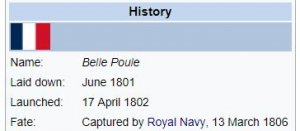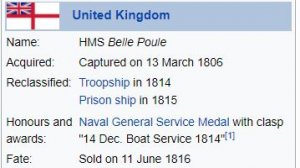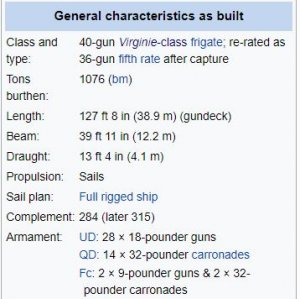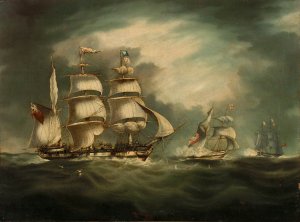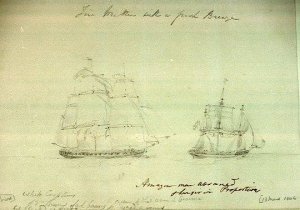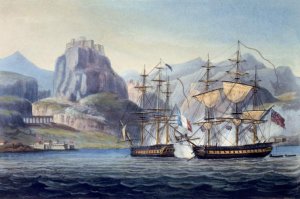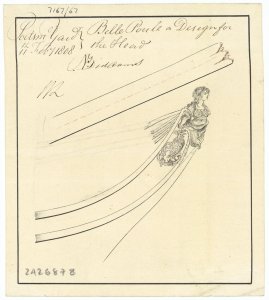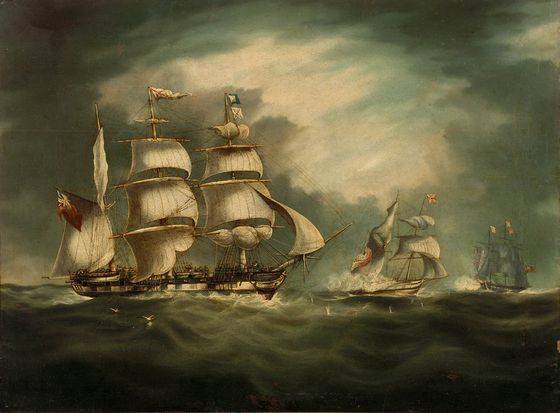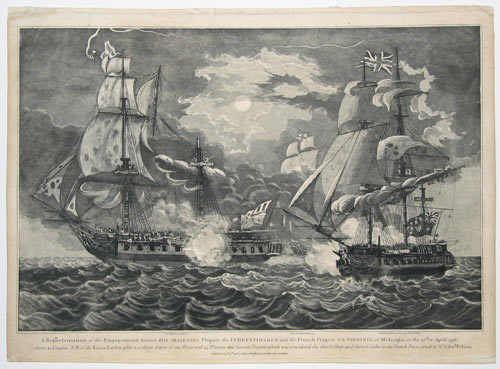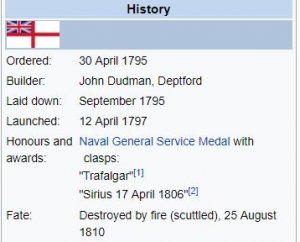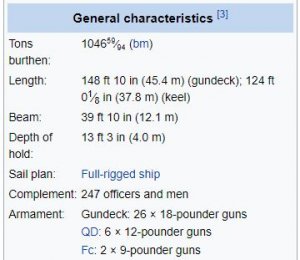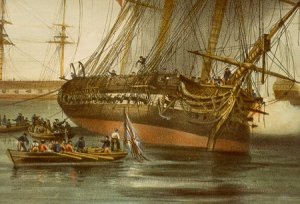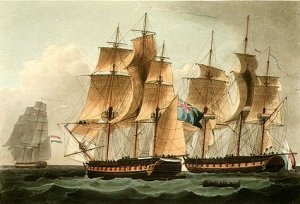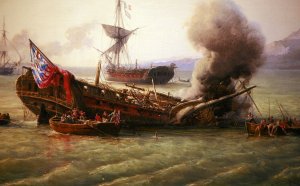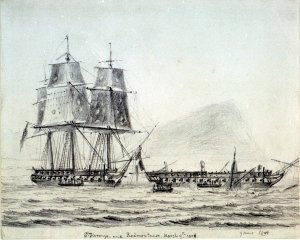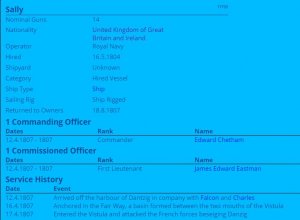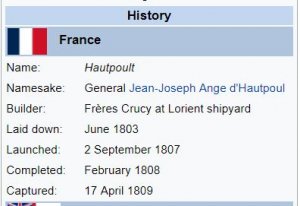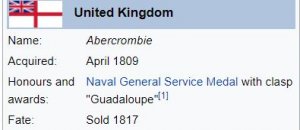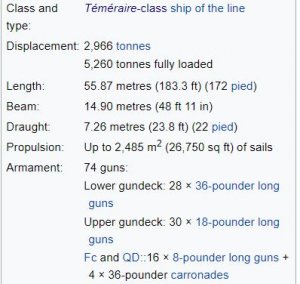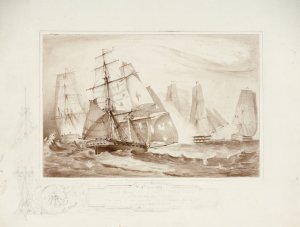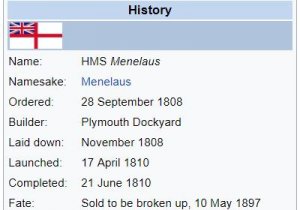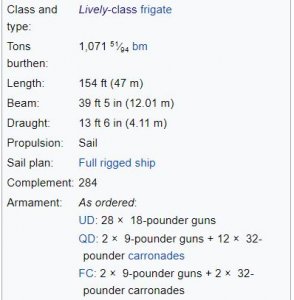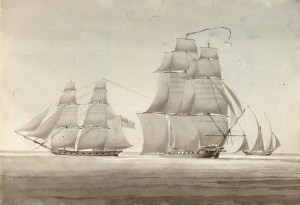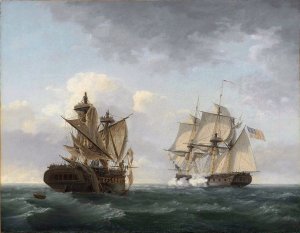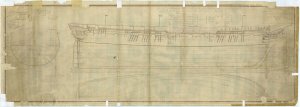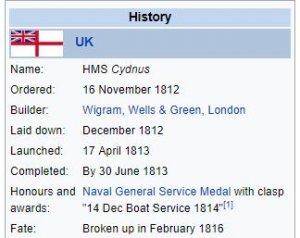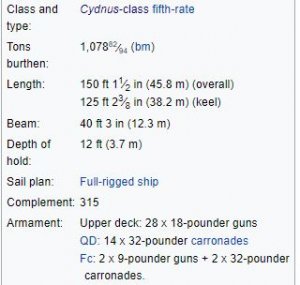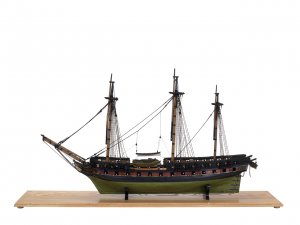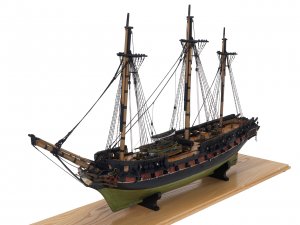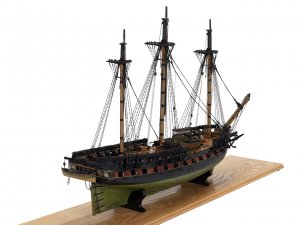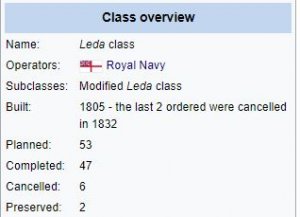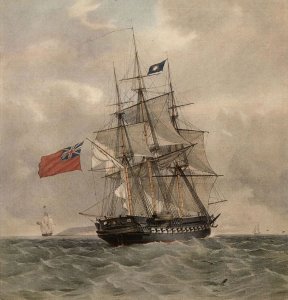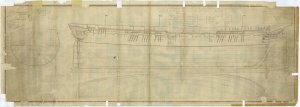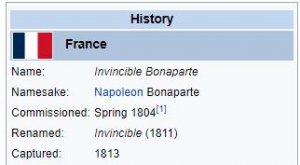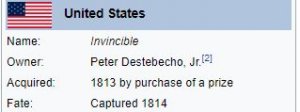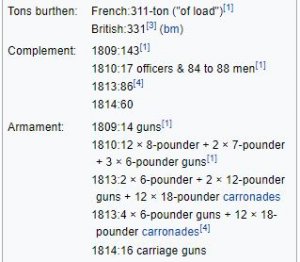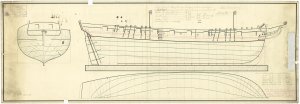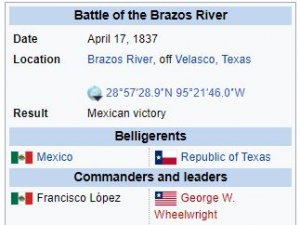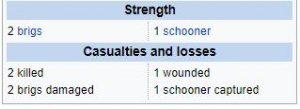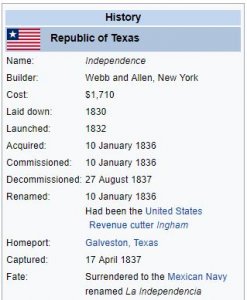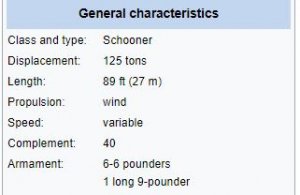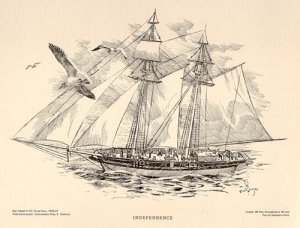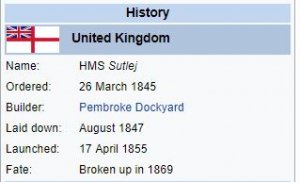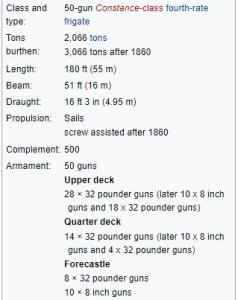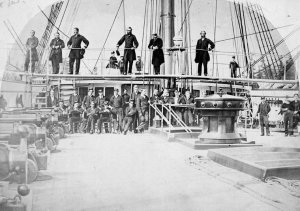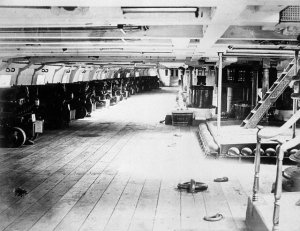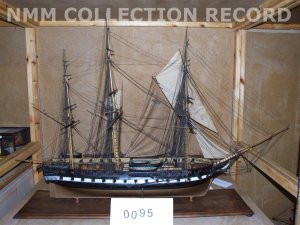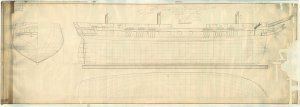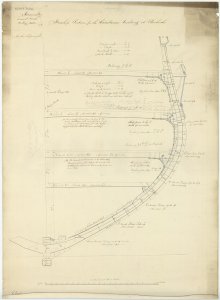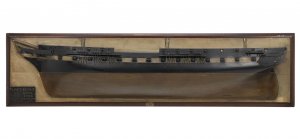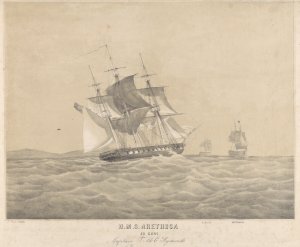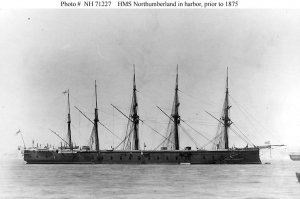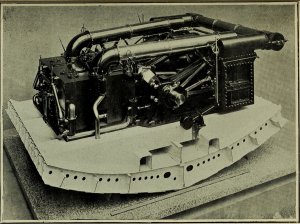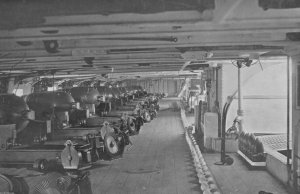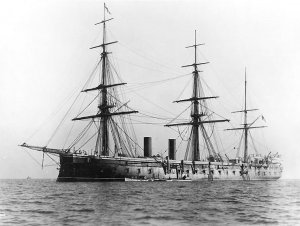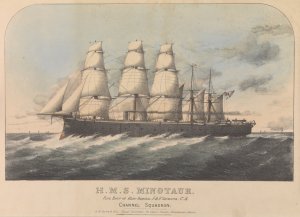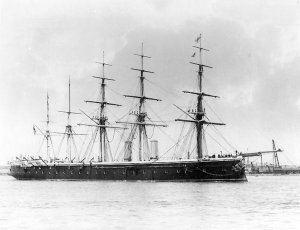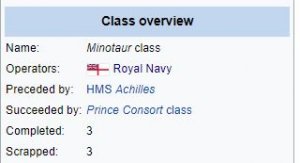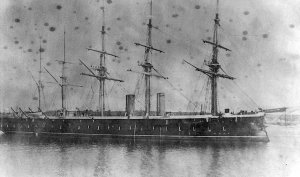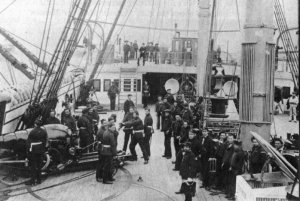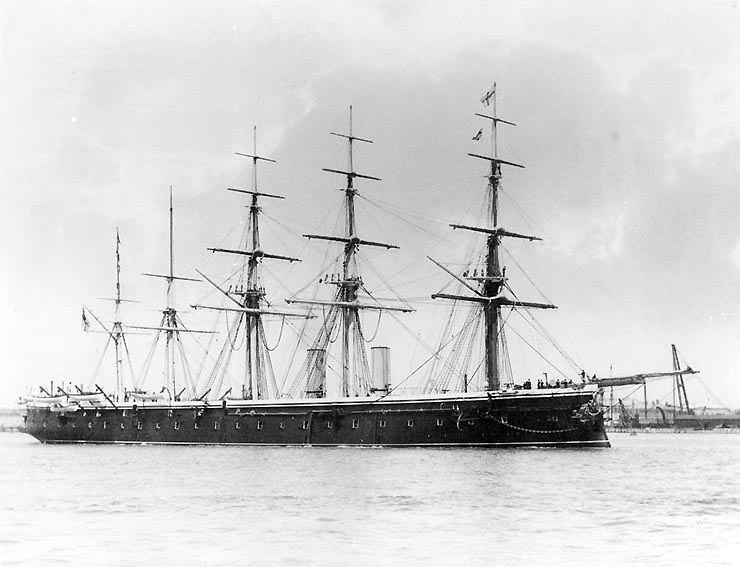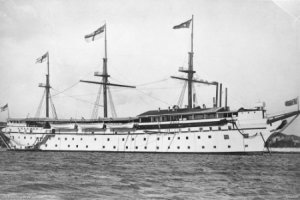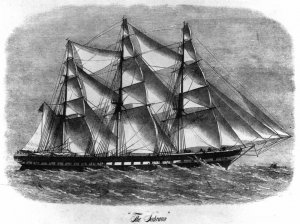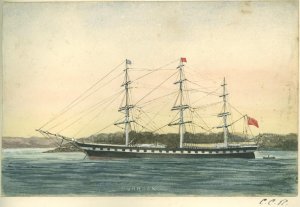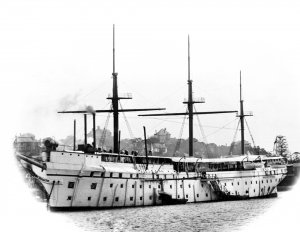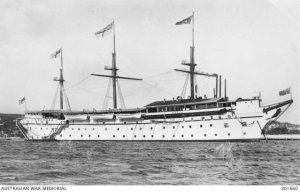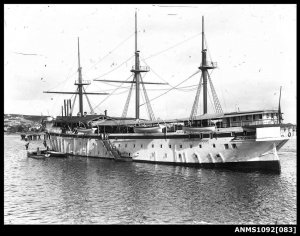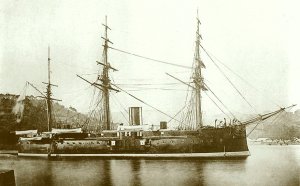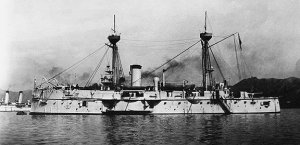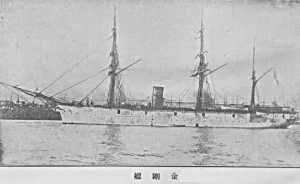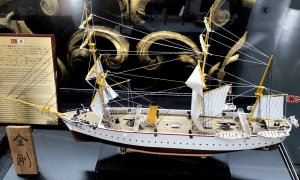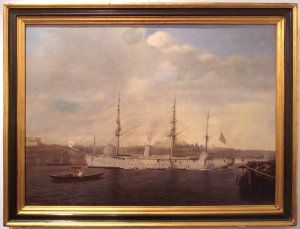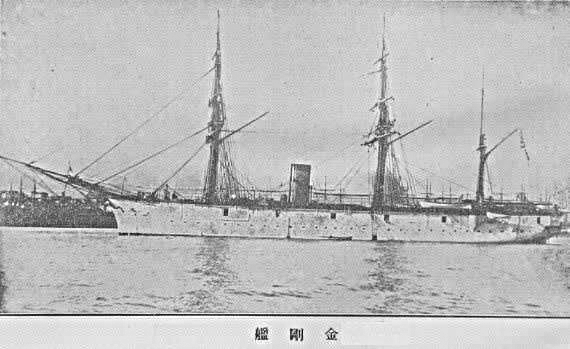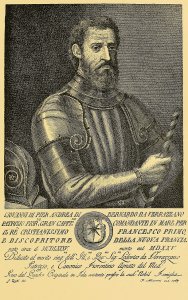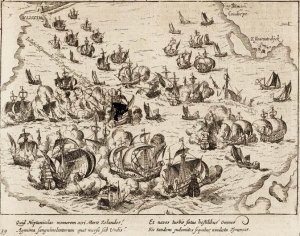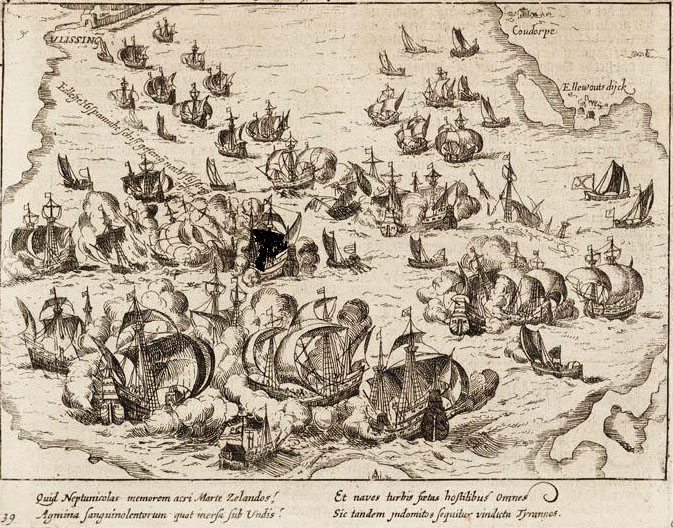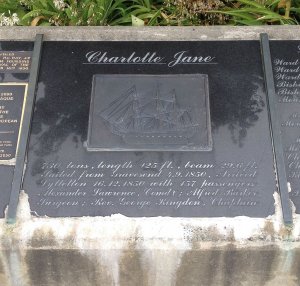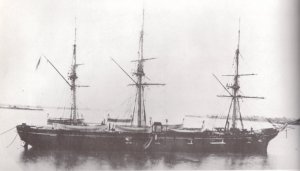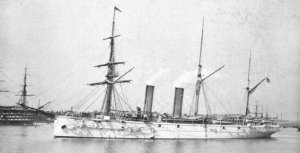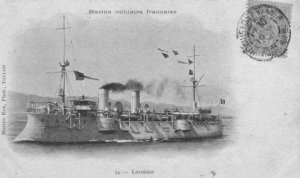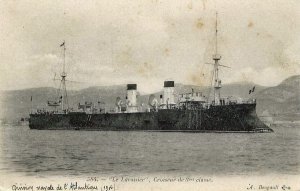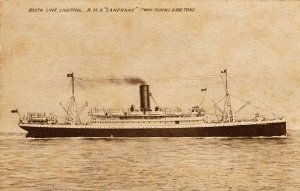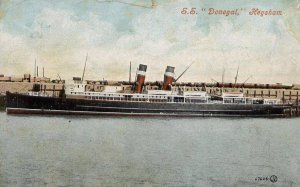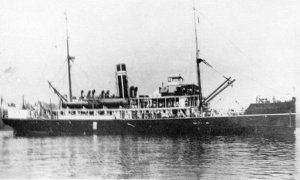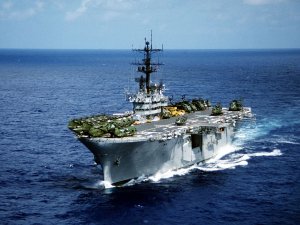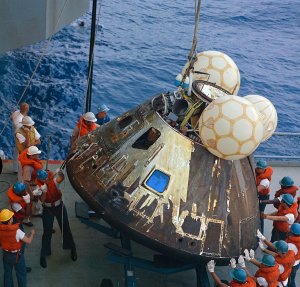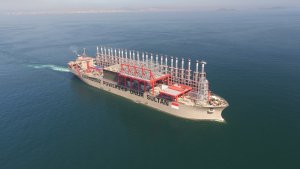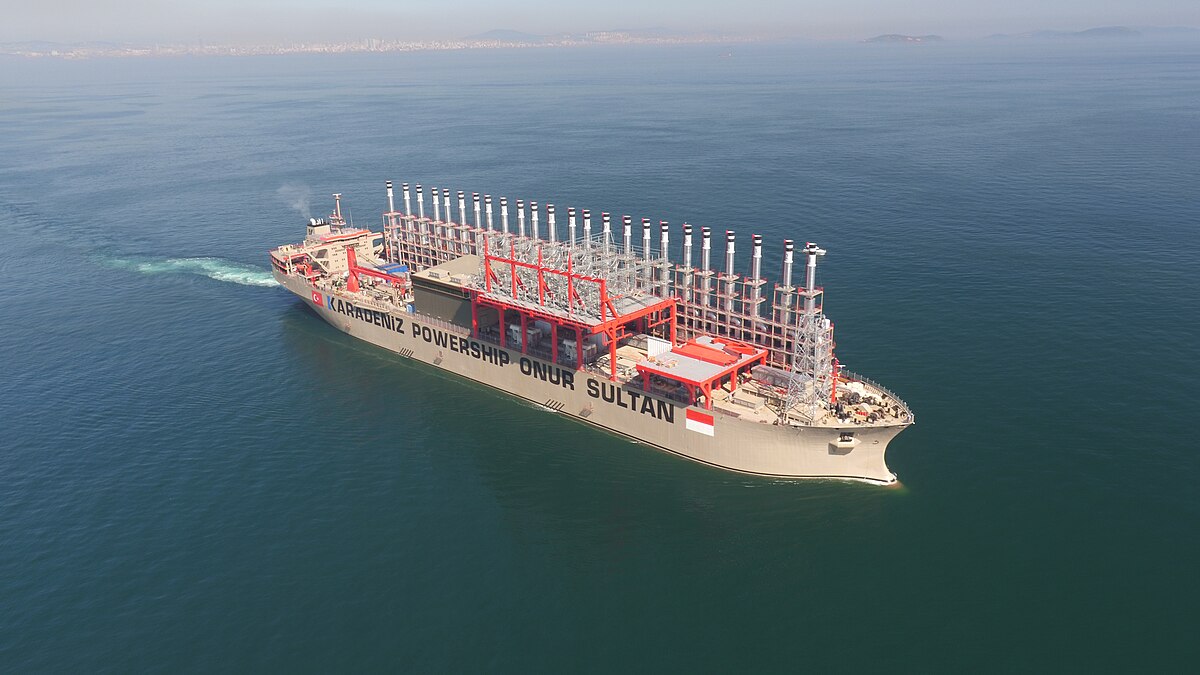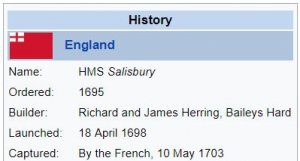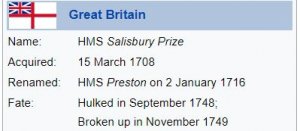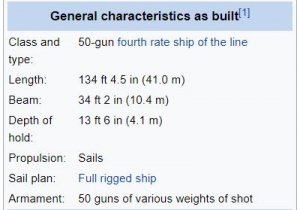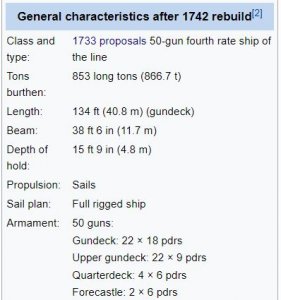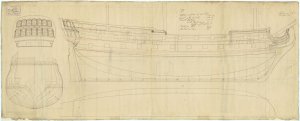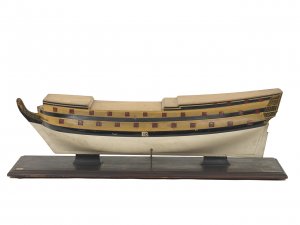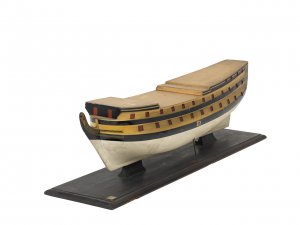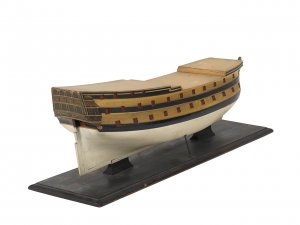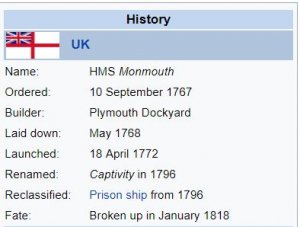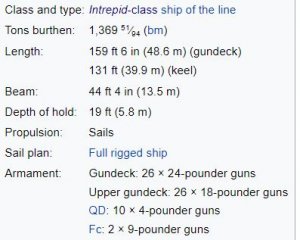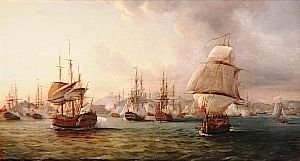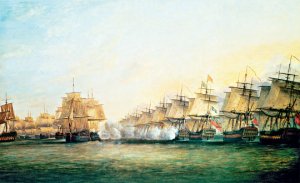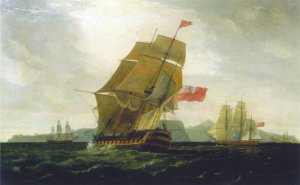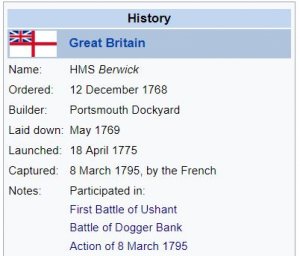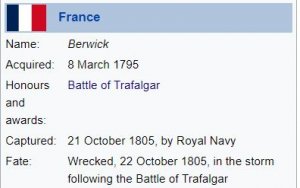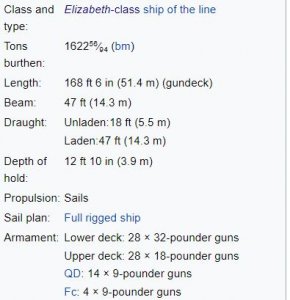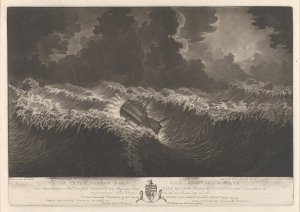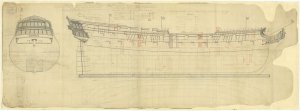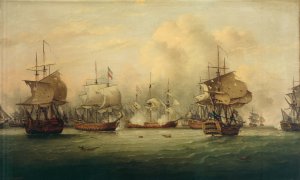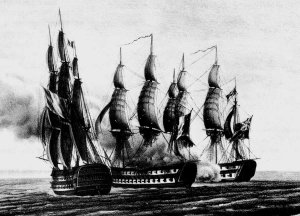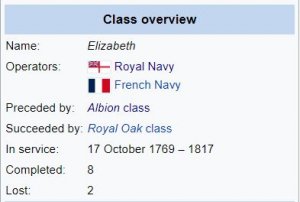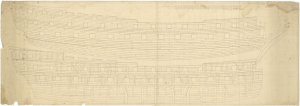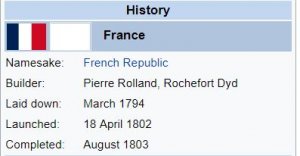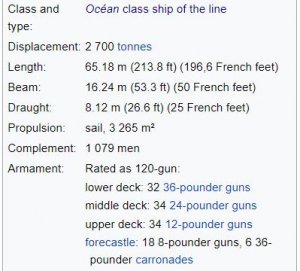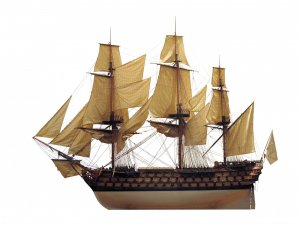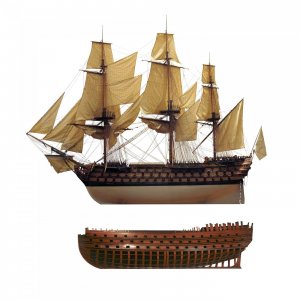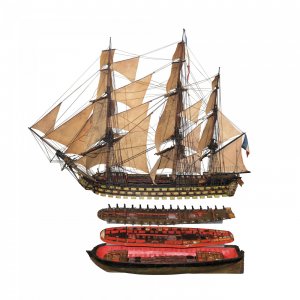Today in Naval History - Naval / Maritime Events in History
17 April 1798 – Launch of HMS Pheasant, an 18-gun Merlin class sloop of the Royal Navy
HMS Pheasant was an 18-gun Merlin class sloop of the Royal Navy.
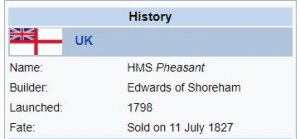
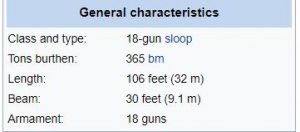
French Revolutionary Wars
She was built in 1798 for the Royal Navy at a cost of £8,087 (equivalent to £836,200 in 2018).
From 1798 to 1803 she was based in Halifax, Nova Scotia.
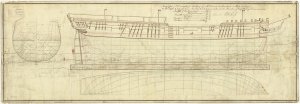
Scale: 1:48. Plan showing the body plan, sheer lines, and longitudinal half-breadth for Pheasant (1798), both 16-gun Ship Sloops building at Shoreham by Mr Edwards. Signed by John Henslow [Surveyor of the Navy, 1784-1806] and William Rule [Surveyor of the Navy, 1793-1813]
Napoleonic Wars
In 1805 she was based at the Leeward Island Station. In 1807 she was involved in the Battle of Montevideo (1807) in the Rio de la Plata. On 6 January 1807 Pheasant was in company with Leda and Leda at the capture of Ann, Denning, master.
In 1808 she was stationed with the Channel Fleet. On 8 May she captured the French privateer vessel Tropard, formerly Flying Fish. Then on 20 October 1808, Pheasant was in company when Brilliant captured and destroyed the French privateer Ponte du Jour.
On 4 November 1809 Pheasant recaptured Traveller.[5] On 16 November 1809 she re-captured the brig Trust, in company with Rhin.
Later on 3 February 1810, she captured the privateer lugger Comte De Hunebourg from St Malo. Pheasant, under the command of Captain John Palmer, lured the privateer close, with the privateer firing the first shot. The two vessels exchanged fire but it took a four-hour chase before Pheasant was able to make the capture. Comte De Hunebourg, of about 80 tons (bm), had been armed with 14 guns, which she threw overboard during the chase, and had a crew of 53 men. She was three days out of Isle of Bas on her second cruise, but had not yet captured anything.
In October Pheasant recaptured London, of London, which a French privateer had taken. London arrived in Plymouth on 19 October. Pheasant also recaptured Elizabeth, Aiken, master, which had been captured while sailing from Lisbon to Bristol. She arrived in Plymouth on 19 September.
On 17 June 1811, Pheasant captured Héros.
On 1 May 1812 Pheasant, with Semiramis and Scylla, was involved in the detention of the American ship Jenny.
Later in 1812 Pheasant was repaired and refitted in Plymouth at a cost of £11,587 (equivalent to £758,050 in 2018). As soon as she was seaworthy, she was back in action and on 14 December 1812 captured the American schooner Hope.
On 12 March 1813, Pheasant and Warspite captured the schooner William, a U.S. privateer. On 23 April she was in company with Whiting and Scylla. After a chase of over 100 miles, the British vessels captured the American 8-gun brig Fox, which threw two of her guns overboard during the chase. Fox and her 29-man crew was underway from Bordeaux to Philadelphia.
Post-war
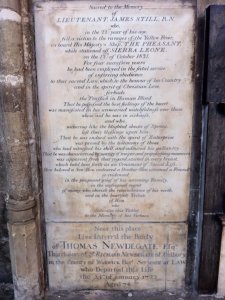
Memorial to Lieutenant James Still in St Mary's Church, Nottingham. Still, of HMS Pheasant, died of yellow feverin 1821
From 1814 to 1818 Pheasant was based in the Channel Fleet. In 1819 she joined the Africa Station patrols off the coast of Africa near Sierra Leone. On 30 July she detained the Portuguese slave trader Nova Felicidade. On 6 October she stopped the Portuguese slave trader Vulcano. There were several deaths of crew due to an outbreak of yellow fever.
On 25 July 1821, with Myrmidon, she stopped the Portuguese slave vessel Adelaide, with 232 slaves on board.
Commanders
She was sold on 11 July 1827 for £1,250 (equivalent to £106,300 in 2018). to John Small Sedger, Rotherhithe for breaking.
An image of HMS Pheasant appears on a 10p postage stamp of the Ascension Islands.
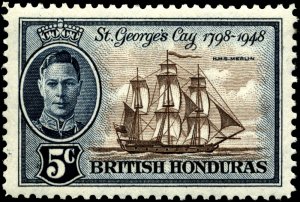
sistership HMS Merlin on a stamp of 1949, celebrating the 150th Anniversary of the Battle of St. George's Caye
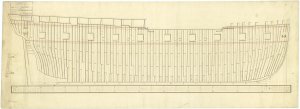
Scale: 1:48. Plan showing the framing profile (disposition) for Merlin (1798) and Pheasant (1798), both 16-gun Ship Sloops building by contract in private yards.
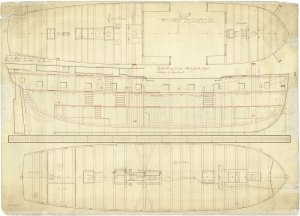
Scale: 1:48. Plan showing the quarterdeck, forecastle, inboard profile and upper deck for Merlin (1798) and Pheasant (1798), both 16-gun Ship Sloops building by contract in private yards. The plan includes an annotation referring to the fitting of an iron tiller instead of wood to the Pheasant per Warrant dated 17 October 1818. The Pheasant was at Plymouth Dockyard for a Very Small Repair and fitted between September to December 1818
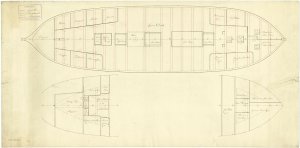
Scale: 1:48. Plan showing the quarterdeck, forecastle, inboard profile and upper deck for Merlin (1798) and Pheasant (1798), both 16-gun Ship Sloops building by contract in private yards
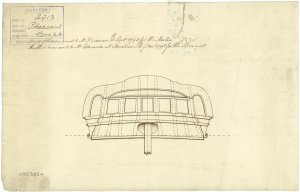
Scale: 1:48. Plan showing the stern board outline for Merlin (1796) and Pheasant (1798), both 16-gun Ship Sloop with a quarterdeck and forecastle. A copy was sent to Mr Dudman for the Merlin on 15 September 1795 and a copy to Mr Edwards for the Pheasant on 16 November 1795
https://en.wikipedia.org/wiki/HMS_Pheasant_(1798)
17 April 1798 – Launch of HMS Pheasant, an 18-gun Merlin class sloop of the Royal Navy
HMS Pheasant was an 18-gun Merlin class sloop of the Royal Navy.


French Revolutionary Wars
She was built in 1798 for the Royal Navy at a cost of £8,087 (equivalent to £836,200 in 2018).
From 1798 to 1803 she was based in Halifax, Nova Scotia.

Scale: 1:48. Plan showing the body plan, sheer lines, and longitudinal half-breadth for Pheasant (1798), both 16-gun Ship Sloops building at Shoreham by Mr Edwards. Signed by John Henslow [Surveyor of the Navy, 1784-1806] and William Rule [Surveyor of the Navy, 1793-1813]
Napoleonic Wars
In 1805 she was based at the Leeward Island Station. In 1807 she was involved in the Battle of Montevideo (1807) in the Rio de la Plata. On 6 January 1807 Pheasant was in company with Leda and Leda at the capture of Ann, Denning, master.
In 1808 she was stationed with the Channel Fleet. On 8 May she captured the French privateer vessel Tropard, formerly Flying Fish. Then on 20 October 1808, Pheasant was in company when Brilliant captured and destroyed the French privateer Ponte du Jour.
On 4 November 1809 Pheasant recaptured Traveller.[5] On 16 November 1809 she re-captured the brig Trust, in company with Rhin.
Later on 3 February 1810, she captured the privateer lugger Comte De Hunebourg from St Malo. Pheasant, under the command of Captain John Palmer, lured the privateer close, with the privateer firing the first shot. The two vessels exchanged fire but it took a four-hour chase before Pheasant was able to make the capture. Comte De Hunebourg, of about 80 tons (bm), had been armed with 14 guns, which she threw overboard during the chase, and had a crew of 53 men. She was three days out of Isle of Bas on her second cruise, but had not yet captured anything.
In October Pheasant recaptured London, of London, which a French privateer had taken. London arrived in Plymouth on 19 October. Pheasant also recaptured Elizabeth, Aiken, master, which had been captured while sailing from Lisbon to Bristol. She arrived in Plymouth on 19 September.
On 17 June 1811, Pheasant captured Héros.
On 1 May 1812 Pheasant, with Semiramis and Scylla, was involved in the detention of the American ship Jenny.
Later in 1812 Pheasant was repaired and refitted in Plymouth at a cost of £11,587 (equivalent to £758,050 in 2018). As soon as she was seaworthy, she was back in action and on 14 December 1812 captured the American schooner Hope.
On 12 March 1813, Pheasant and Warspite captured the schooner William, a U.S. privateer. On 23 April she was in company with Whiting and Scylla. After a chase of over 100 miles, the British vessels captured the American 8-gun brig Fox, which threw two of her guns overboard during the chase. Fox and her 29-man crew was underway from Bordeaux to Philadelphia.
Post-war

Memorial to Lieutenant James Still in St Mary's Church, Nottingham. Still, of HMS Pheasant, died of yellow feverin 1821
From 1814 to 1818 Pheasant was based in the Channel Fleet. In 1819 she joined the Africa Station patrols off the coast of Africa near Sierra Leone. On 30 July she detained the Portuguese slave trader Nova Felicidade. On 6 October she stopped the Portuguese slave trader Vulcano. There were several deaths of crew due to an outbreak of yellow fever.
On 25 July 1821, with Myrmidon, she stopped the Portuguese slave vessel Adelaide, with 232 slaves on board.
Commanders
- Henry Carew 1800-1804
- Robert Paul 1804-1805
- Robert Henderson 1805-1806
- John Palmer 1806-1814
- Edmund Waller 1814-1818
- Benedictus Marwood Kelly 1818-1819
- Douglas Clavering 1821-1823
She was sold on 11 July 1827 for £1,250 (equivalent to £106,300 in 2018). to John Small Sedger, Rotherhithe for breaking.
An image of HMS Pheasant appears on a 10p postage stamp of the Ascension Islands.

sistership HMS Merlin on a stamp of 1949, celebrating the 150th Anniversary of the Battle of St. George's Caye

Scale: 1:48. Plan showing the framing profile (disposition) for Merlin (1798) and Pheasant (1798), both 16-gun Ship Sloops building by contract in private yards.

Scale: 1:48. Plan showing the quarterdeck, forecastle, inboard profile and upper deck for Merlin (1798) and Pheasant (1798), both 16-gun Ship Sloops building by contract in private yards. The plan includes an annotation referring to the fitting of an iron tiller instead of wood to the Pheasant per Warrant dated 17 October 1818. The Pheasant was at Plymouth Dockyard for a Very Small Repair and fitted between September to December 1818

Scale: 1:48. Plan showing the quarterdeck, forecastle, inboard profile and upper deck for Merlin (1798) and Pheasant (1798), both 16-gun Ship Sloops building by contract in private yards

Scale: 1:48. Plan showing the stern board outline for Merlin (1796) and Pheasant (1798), both 16-gun Ship Sloop with a quarterdeck and forecastle. A copy was sent to Mr Dudman for the Merlin on 15 September 1795 and a copy to Mr Edwards for the Pheasant on 16 November 1795
https://en.wikipedia.org/wiki/HMS_Pheasant_(1798)


